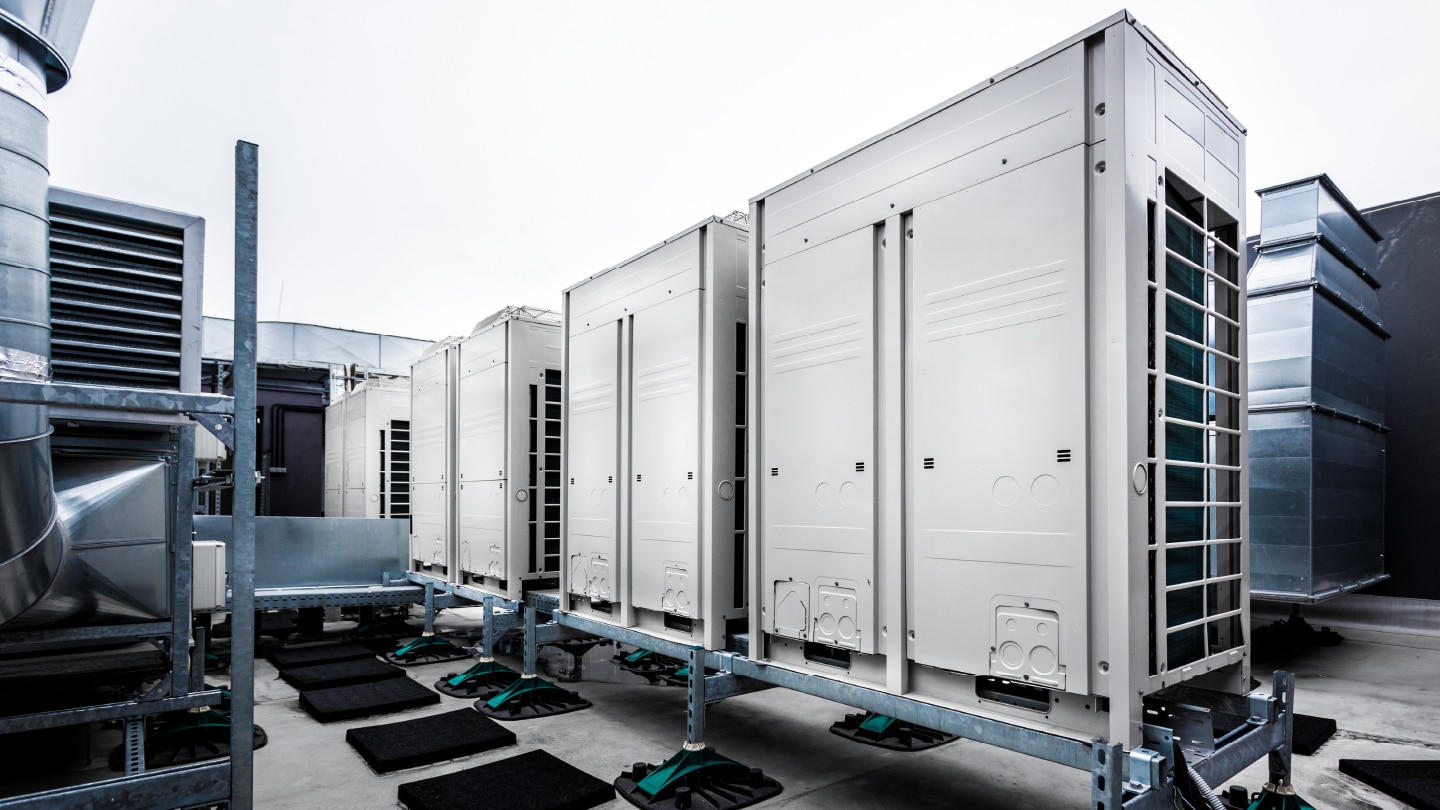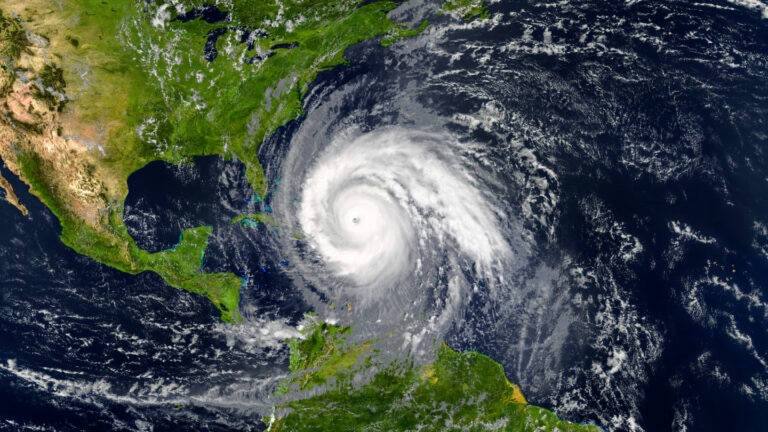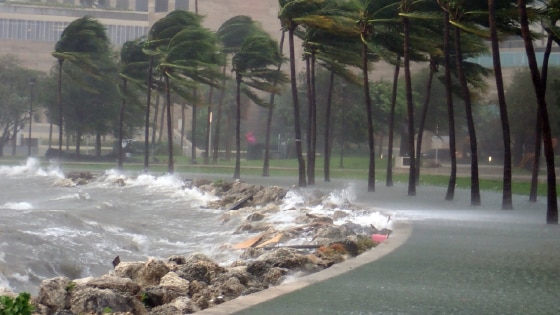
Air conditioning (A/C) units fail primarily because of poor preventive maintenance (PM) prior to start-up and then a lack of routine maintenance during operation. A problem identified in its initial stage can normally cost less to repair and help prevent unscheduled downtime. In addition, a well-maintained unit can tend to operate more efficiently with energy cost savings. To help you achieve reliable, efficient, and uninterrupted service from an A/C unit, the following maintenance is suggested.
Crankcase
One of the most critical controls on the A/C unit is the crankcase heater. Preferably, the heater should remain energized while the unit is idle. The energized heater will minimize refrigerant migration to the compressor and dilution of the crankcase oil. In all cases, it is very important that the crankcase heater be energized at least 8 hours before starting the A/C unit.
Condenser
The A/C condenser should be cleaned at a minimum annually. If the condenser is located in a high dust or dirt area it should be scheduled for more frequent cleaning. A clean condenser can prevent high head pressure which can shorten the life of the unit.
Electrical
The motor magnetic starter should be inspected prior to start-up
- The contacts may be worn because of compressor cycling over time.
- All terminal connections should be checked and tightened, and all worn, pitted or corroded contacts replaced.
- The overload protection on the unit should also be examined for proper sizing.
Since the operating and safety controls are the heart of the unit, they should be checked to confirm they are properly calibrated and in good working order. Like all electrical and mechanical equipment controls can deteriorate and must be replaced.
Mechanical
If possible, the crankcase oil should be tested prior to starting the unit after the off season. The results of the analysis will confirm the integrity of the oil for the upcoming cooling season. If there is any question about the oil’s quality the oil should be changed.
Moisture
The A/C system should be equipped with a moisture indicator. This device will detect the present of moisture in the system. If moisture is present, filter dryers should be installed or changed to remove the moisture. More importantly, the source of the moisture should be determined, and preventive action taken to correct the condition.
Preseason checklist – package A/C unit
Compressors
- Energize the crankcase heaters for at least eight hours prior to start-up. Leave them energized for the remainder of the cooling season so whenever the compressor is idle, the heater will help prevent refrigerant migration to the crankcase.
- Test the lubricating oil for color and acidity.
- Check the crankcase oil level.
Motors
- Check the air passages of open motors for cleanliness and obstructions.
- Check the condition of the bearings.
- Lubricate the bearings.
- Take insulation resistance readings.
- Motor magnetic starters should be inspected prior to start-up.
- All terminal connections should be checked and tightened, and all worn, pitted and deteriorated contacts should be replaced.
- The overload protection on the unit should also be examined for proper sizing.
Operating and safety controls
- Determine that all controls are properly calibrated and working correctly.
- Examine flow switches by removing them and checking for corrosion and proper linkage operation.
Refrigerant circuits
- Be sure the circuit is equipped with a moisture indicator.
- If moisture is indicated, install new liquid line filter/drier cores. Identify and correct the source of the moisture.
Thermostatic Expansion valves
- Check the expansion valve for proper operation and superheat settings over the full range of operation.
Condensers
- Clean fins and coils of air cooled and evaporative condensers. Protect the fan motors from moisture while cleaning.
- Clean shell and tube condensers of scale and debris. Clean cooling tower baffles, sump and spray nozzles.
To learn more about how Liberty Mutual can help you mitigate risks, visit our risk control page.
Featured insights
This website is general in nature, and is provided as a courtesy to you. Information is accurate to the best of Liberty Mutual’s knowledge, but companies and individuals should not rely on it to prevent and mitigate all risks as an explanation of coverage or benefits under an insurance policy. Consult your professional advisor regarding your particular facts and circumstance. By citing external authorities or linking to other websites, Liberty Mutual is not endorsing them.



